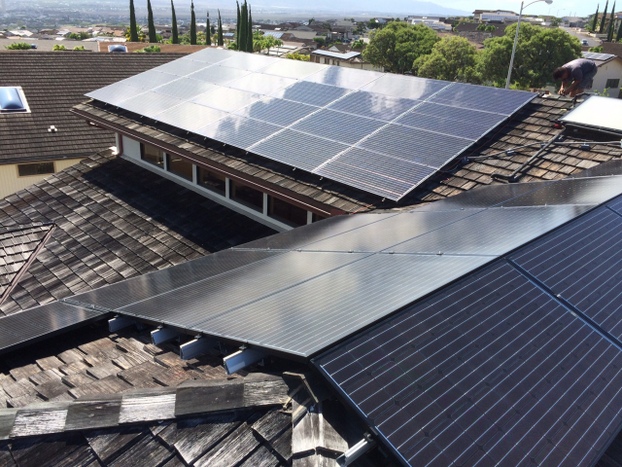It's not dependent on the solar inverter but other items you have that are frequency sensitive. So it could be lighting, your microwave, UPS etc. Make yourself a list of items that don't behave properly at 65 hz and tell Tesla what is not working. They should then drop it to something more reasonable (ie for me it was 62.5 hZ). I still have some light switches that don't like 62.5 Hz but can live without those so NBD.
What @aesculus said
Tesla is likely to ask you what things are not working, so have a list ready. They are fully aware of this issue, so will probably set it to 62.5Hz even if your inverter supports lower though, but 62.5Hz works with "most" things



